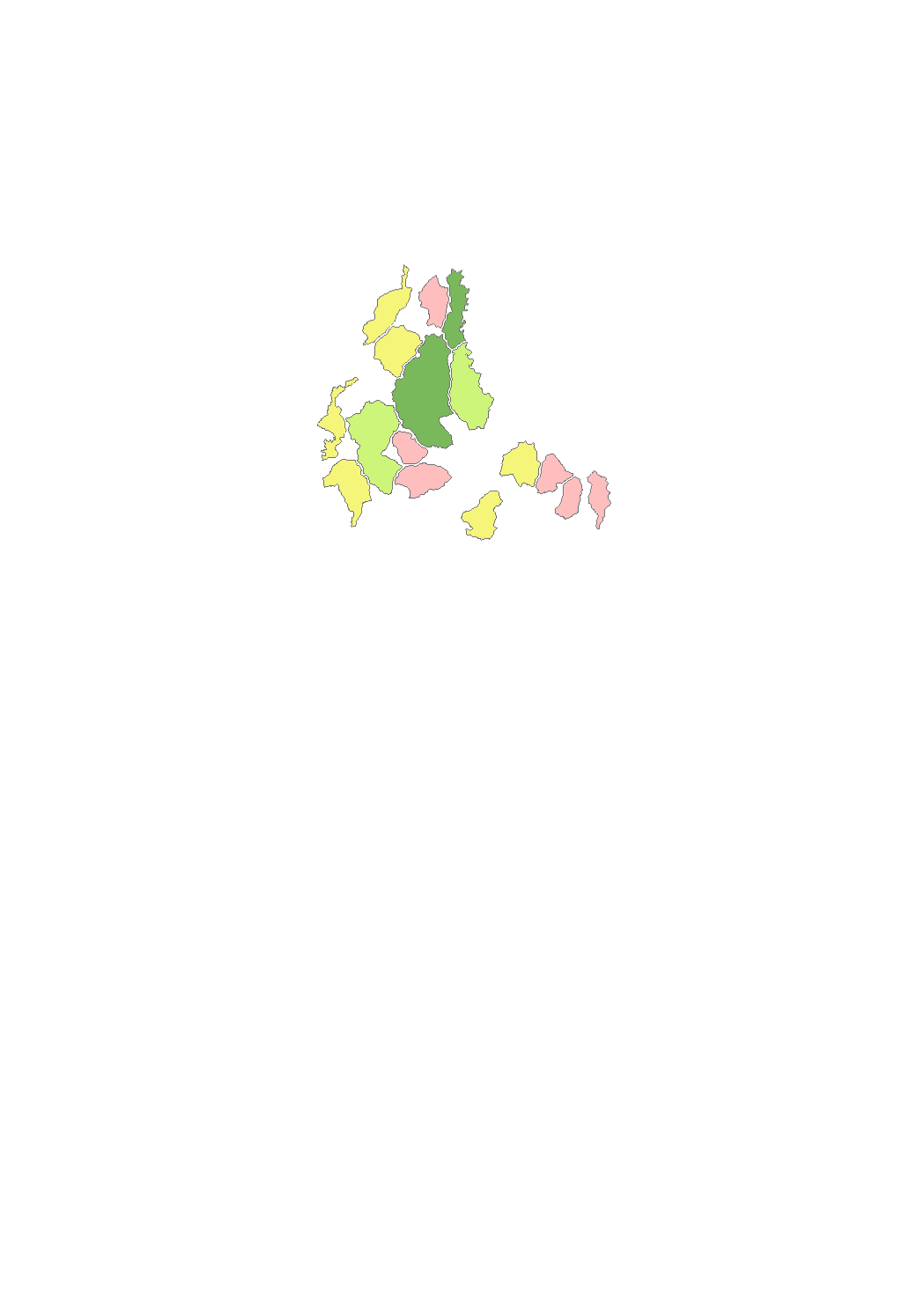Administration de l'Environnement - Unité Stratégies et Concepts
Type of resources
Available actions
Keywords
Contact for the resource
Provided by
Groups
Years
Formats
Representation types
Update frequencies
status
Scale
-

The quiet urban landscape areas include relatively large, continuous open spaces of at least regional importance with a high recreational function and corresponding development for leisure and recreation. Its importance lies in the balancing function to the noisy and densely populated areas of the agglomeration of Luxembourg. The quiet urban landscape close to the residential area allows, for example, extensive walks with only occasional crossing of areas with higher noise levels.
-

The operators of wastewater treatment plants with a capacity greater than 2,000 population equivalent units send an annual report to the Administration of the environment which includes, among other things, the quantities of sludge produced, the composition and characteristics of the sludge and the destination of the sludge.
-

The quiet areas in rural areas include large, cohesive and intact open spaces of supraregional importance with a high recreational function and corresponding development for leisure and recreation. These spacious areas allow for example extensive walks without crossing noisy areas.
-

The relatively quiet urban oases include public green areas and open spaces with a high quality of living space and an appropriate design as compensation areas within walking distance of residential and work locations. Due to their inner-city location, they do not, or do not completely, meet the above-mentioned criteria of a quiet area, e. g. by showing an increased noise level or being significantly lower. However, the urban planning context of the areas has noise-reducing properties, which lead to the fact that the urban oases in their core areas are considerably calmer than their surroundings. These areas make it possible, for example, to take short walks for those seeking peace and quietness in the immediate vicinity of their homes or workplaces.
-
Quiet urban areas include relatively large, continuous open spaces of at least regional importance with a high recreational function and corresponding development for leisure and recreation. Their importance lies in their balancing function to the noisy and densely populated areas of the agglomeration of Luxembourg and the agglomeration south. The quiet urban areas are close to residential areas and allow, for example, extensive walks with only occasional crossing of areas with higher noise levels.
-
Quiet areas in rural areas include large, cohesive and intact open spaces of supraregional importance with a high recreational function and corresponding development for leisure and recreation. These spacious areas allow for example extensive walks without crossing noisy areas.
-

The Grobscreening 2030 DTV2022 is used for the identification of hotspots for the NO2-air pollution on major roads in the Grand Duchy of Luxembourg for the year 2030 based on the 2022 trafic numbers and an estimate for the fleet composition in 2030. Every road segment in the country that presents a circulation of more than 5000 vehicles a day and a relevant roadside construction is inspected. The annual mean of NO2 is then determined.
-

The Environment Agency has commissioned a specialized and approved external expert to carry out noise level measurements at 3 selected immission points. The purpose of the mission was to measure the sound pressure at a representative measurement point for a week in December 2022, in order to control the road noise levels of the main traffic axes. For the measurement and calculation methods, the external expert used the standards ISO 1996-1: 2016 and ISO 1996-2: 2017.
-

The Grobscreening 2030 2% is used for the identification of hotspots for the NO2-air pollution on major roads in the Grand Duchy of Luxembourg for the year 2030 based on the assumption of 2% annual increase of trafic numbers compared to 2022 and an estimate for the fleet composition in 2030. Every road segment in the country that presents a circulation of more than 5000 vehicles a day and a relevant roadside construction is inspected. The annual mean of NO2 is then determined.
 geocatalogue.geoportail.lu
geocatalogue.geoportail.lu